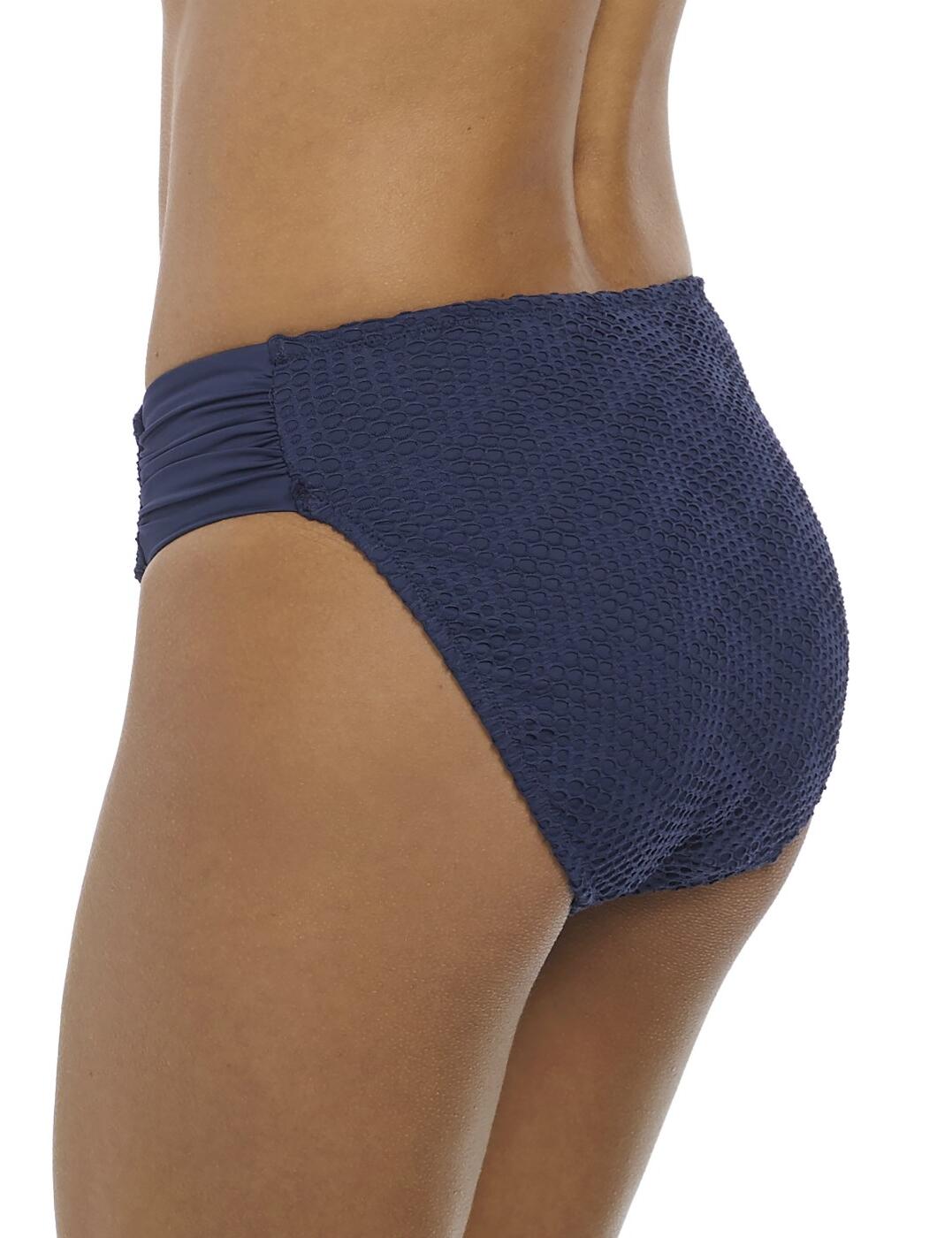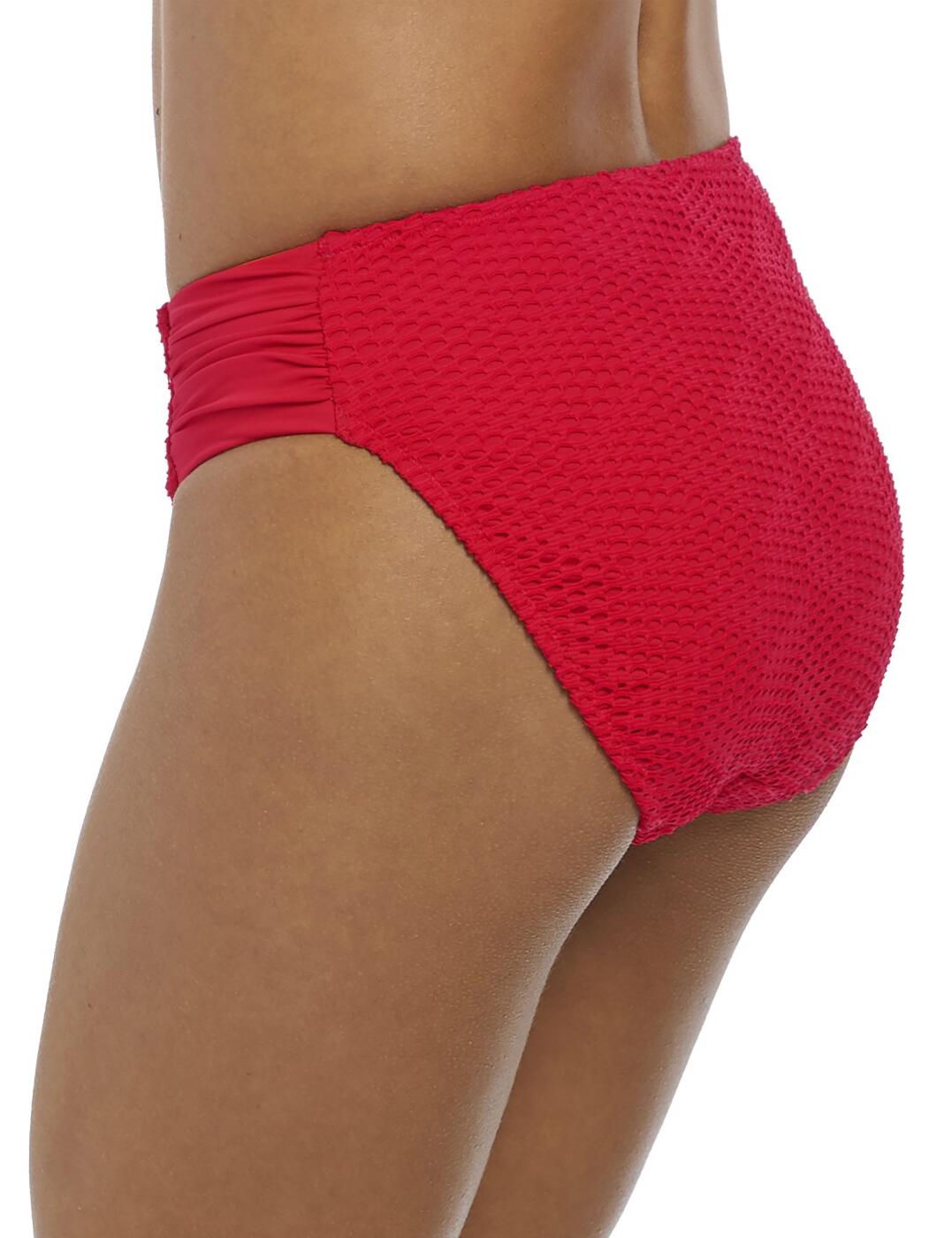Title: The Rise of Womens Wear: The Phenomenon of OEM in the Fashion Industry
In the fashion industry, Original Equipment Manufacturer (OEM) has become a significant trend in the rise of women's wear. OEM refers to a manufacturer that produces high-quality clothing items for other brands or retailers. This trend has been observed due to several reasons, including the growing demand for comfortable and stylish clothing, the increase in women's employment opportunities, and the rise of online shopping. As a result, many fashion brands are now partnering with OEM manufacturers to produce their clothing lines. OEM manufacturers provide a range of benefits to fashion brands, including access to specialized technology and equipment, reduced production costs, and the ability to focus on brand image and design. However, some concerns have also been raised about the quality control and ethical issues surrounding the use of third-party manufacturing. Despite these challenges, the trend of OEM in the fashion industry is expected to continue as it offers a cost-effective and efficient way for fashion brands to expand their product offerings while meeting consumer demands.
The world of fashion is constantly evolving, and one of the most significant changes has been the rise of women's wear. With the increasing demand for stylish and comfortable clothing, many brands have turned to OEM (Original Equipment Manufacturer) to produce their products. In this article, we will explore the phenomenon of OEM in the fashion industry, especially in the context of women's wear.
OEM refers to a manufacturing process where a company contracts out the production of its products to another company. The original brand provides design, marketing, and intellectual property rights, while the contract manufacturer handles the production. This approach has become popular among fashion brands because it offers several advantages, including lower costs, faster time to market, and access to advanced technologies and resources.
One of the main drivers of the growth of women's wear OEM has been the increasing popularity of e-commerce platforms. Online retailers like Amazon and Alibaba have disrupted traditional retail channels, making it easier for smaller brands to enter the market without the need for large physical stores. By partnering with OEMs, these brands can focus on product development and marketing, while leaving the production and logistics to the contract manufacturers.

Another factor contributing to the rise of women's wear OEM is the increasing demand for sustainable and eco-friendly clothing. As consumers become more conscious about the environment, they are willing to pay a premium for products made from recycled or organic materials. Many OEMs specialize in producing sustainable clothing using innovative technologies such as biodegradable fabrics, recycled yarns, and low-waste production methods.
In addition, women's wear OEM has also been driven by changes in consumer behavior. Today's consumers are looking for versatile and multifunctional pieces that can be dressed up or down. They want clothes that fit well and feel comfortable, but also look stylish and trendy. OEMs can leverage their expertise in design and manufacturing to create clothing that meets these demands, while keeping costs low for the brands.
However, there are also challenges associated with women's wear OEM. One of the biggest is ensuring quality control throughout the supply chain. With multiple suppliers handling different stages of production, it can be difficult to ensure consistency in product quality. Brands must work closely with their contract manufacturers to establish clear standards and procedures for production, testing, and inspection.

Another challenge is protecting intellectual property rights in a global marketplace. With products being produced in different countries under various license agreements, it can be difficult to enforce copyright laws and protect brand identity. Brands must invest in legal advice and technology solutions to safeguard their intellectual property rights and prevent infringement.
Despite these challenges, the benefits of women's wear OEM continue to attract fashion brands around the world. By partnering with experienced contract manufacturers, these brands can access specialized expertise and resources, reduce costs, and stay ahead of the competition in a fast-paced and ever-changing fashion industry.
In conclusion, women's wear OEM has become an essential part of the fashion industry, offering brands new opportunities to reach customers and grow their businesses. As consumers become more aware of the impact of their purchases on the environment and society, they are increasingly seeking products that reflect their values and support sustainable practices. OEMs play a key role in meeting these demands by leveraging their expertise in design, manufacturing, and sustainability to create fashionable and functional clothing at affordable prices.

Articles related to the knowledge points of this article:
Title: The Art of Tying a Tie: A Comprehensive Guide to Tie Knots
The rise of wash-free jackets: a convenient and sustainable fashion trend
Xiao Xiangfeng Down Jacket - A Fashion Must-Have for the Winter Season
MEN’S DOWN VEST – A Stylish and Functional Apparel for Winter
Womens Down Pants: Fashion and Functionality in Cold Weather
Title: Embracing Elegance and Exquisiteness: A Glimpse into the World of Hermès Scarves



